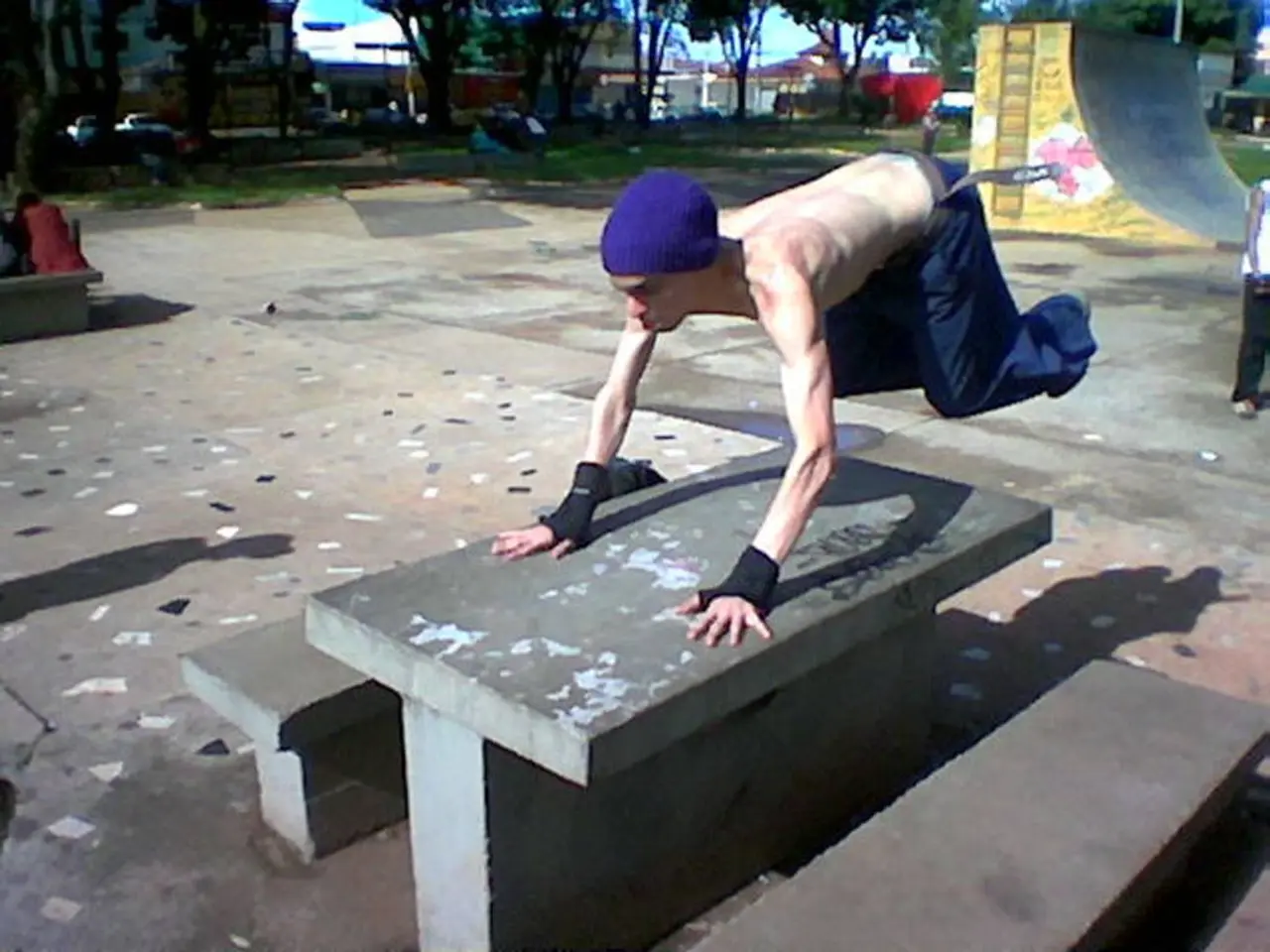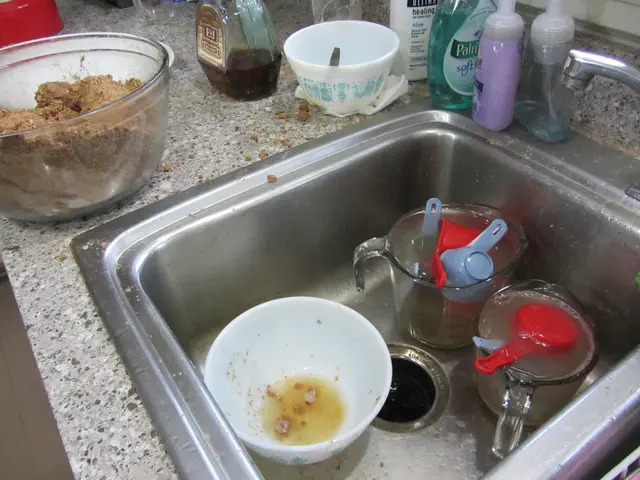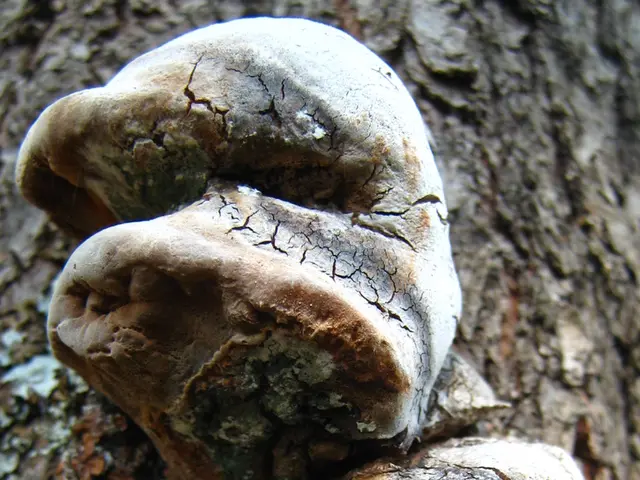Headache from Low Blood Pressure: Understanding Causes and Remedies
Low blood pressure headaches, a common complaint, can be a sign of reduced blood flow to the brain. This article explores the common causes, symptoms, and treatment strategies for managing low blood pressure headaches.
Common Causes of Low Blood Pressure Headaches
Low blood pressure headaches are often caused by conditions and factors that significantly reduce blood pressure, affecting cerebral blood flow. These causes can include dehydration, prolonged bed rest or physical inactivity, certain medications, nutrient deficiencies, heart problems, endocrine disorders, Postural Orthostatic Tachycardia Syndrome (POTS), and other triggers like caffeine withdrawal or medication side effects.
Dehydration, which reduces blood volume and lowers blood pressure, is a common cause. Headaches related to low blood pressure from dehydration are often seen in the morning or after fluid loss.
Medications such as diuretics, drugs for Parkinson’s disease, erectile dysfunction, or tricyclic antidepressants can lower blood pressure, contributing to headaches.
Nutrient deficiencies, like vitamin B12 or folate deficiency causing anemia, can lower blood pressure and reduce oxygen delivery to the brain, leading to headaches.
Heart problems and endocrine disorders like hypothyroidism, Addison’s disease, or low blood sugar affect cardiovascular and metabolic regulation of blood pressure and may cause low blood pressure headaches.
POTS and related autonomic dysfunction disorders cause blood pressure drops upon standing, leading to headaches from disrupted cerebral perfusion.
Treatment Strategies
Treatment for low blood pressure headaches focuses on addressing the underlying causes and improving blood pressure stability.
Hydration is critical, as increasing fluid intake helps restore blood volume and prevent headaches related to low blood pressure from dehydration.
Dietary management, including adequate salt intake (unless contraindicated) and nutrient supplementation (e.g., vitamin B12, folate), can improve blood volume and oxygen delivery to the brain.
Medication review and adjustment may be needed when drugs contribute to hypotension, in consultation with a healthcare provider.
Physical countermeasures such as gradual position changes, compression stockings, and physical activity can aid circulation and prevent drops in blood pressure.
For people with conditions like POTS, specialized treatments including exercise therapy and certain medications may be recommended by specialists.
Monitoring and managing related symptoms such as headaches can include standard headache treatments but should focus on preventing blood pressure drops as the primary cause.
If headaches with low blood pressure are persistent, severe, or accompanied by other concerning symptoms, seeking medical evaluation is necessary to rule out serious conditions and properly tailor treatment.
In Summary
Low blood pressure headaches are most commonly caused by dehydration, medication effects, autonomic dysfunction, and underlying cardiovascular or endocrine disorders. Treatments aim to correct these underlying issues and support stable blood pressure and hydration.
Staying hydrated can help prevent dehydration and maintain optimal blood pressure. Factors that can affect a person's blood pressure include diet, medications, alcohol use, and the presence of other medical problems.
Neurally mediated hypotension may occur after standing for extended periods. Blood pressure is the force with which blood pushes against artery walls as it is pumped around the body.
Low blood pressure is not always a cause for concern and is normal for some people. Potential symptoms of low blood pressure include feeling lightheaded, fatigue or weakness, blurred vision, neck or back pain, heart palpitations, nausea and vomiting, dehydration, difficulty concentrating or feeling confused, rapid, shallow breathing rate, cold, clammy skin, fainting, depression, and fainting.
Changing positions slowly may help prevent symptoms of low blood pressure. Low blood pressure may occur as a response to some drugs such as diuretics, heart medications like beta-blockers, tricyclic antidepressants, drugs for Parkinson's disease, drugs for erective dysfunction, narcotic drugs, and drugs for high blood pressure. Low blood pressure may occur due to endocrine issues such as hypothyroidism, Addison's disease, and parathyroid disease.
[1] Mayo Clinic. (2021). Low blood pressure (hypotension). https://www.mayoclinic.org/diseases-conditions/low-blood-pressure/symptoms-causes/syc-20371500
[2] National Heart, Lung, and Blood Institute. (2021). Low Blood Pressure (Hypotension). https://www.nhlbi.nih.gov/health-topics/low-blood-pressure
[3] American Heart Association. (2021). Low Blood Pressure (Hypotension). https://www.heart.org/en/health-topics/high-blood-pressure/understanding-blood-pressure-readings/low-blood-pressure
[4] American Academy of Neurology. (2021). Low Blood Pressure (Hypotension). https://www.aan.com/patients/disease-information/low-blood-pressure-hypotension
[5] Dysautonomia International. (2021). Postural Orthostatic Tachycardia Syndrome (POTS). https://www.dysautonomiainternational.org/about-dysautonomia/dysautonomia-conditions/pots/
- Endocrine disorders, such as hypothyroidism or Addison’s disease, can cause low blood pressure and headaches by affecting cardiovascular and metabolic regulation of blood pressure, a condition that often requires medical intervention.
- Nutrient deficiencies like vitamin B12 or folate deficiency can lead to anemia, lower blood pressure, and reduced oxygen delivery to the brain, resulting in headaches.
- Certain mental health conditions, such as depression, can be linked to low blood pressure due to their impact on the cardiovascular system; seeking mental health-and-wellness treatment in addition to managing blood pressure may be necessary for some individuals experiencing low blood pressure headaches.




